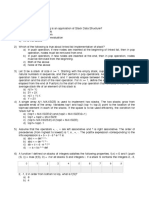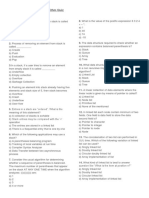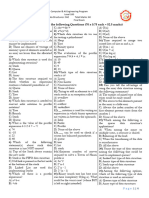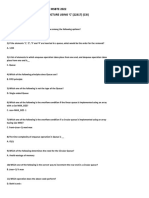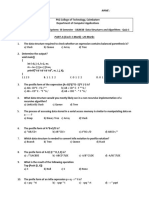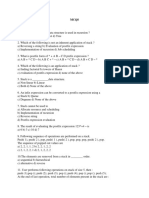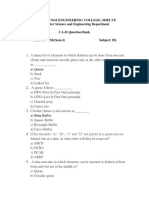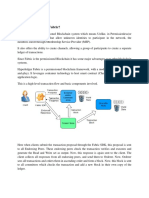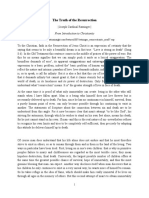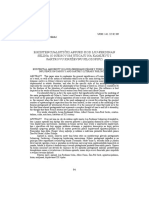0% found this document useful (0 votes)
16 views13 pagesDS Set 1
The document consists of a series of questions and answers related to data structures, algorithms, and their implementations. Topics include stacks, queues, linked lists, and various algorithm complexities. Each question is followed by the correct answer, indicating the understanding of fundamental concepts in computer science.
Uploaded by
sreejithvm243Copyright
© © All Rights Reserved
We take content rights seriously. If you suspect this is your content, claim it here.
Available Formats
Download as PDF, TXT or read online on Scribd
0% found this document useful (0 votes)
16 views13 pagesDS Set 1
The document consists of a series of questions and answers related to data structures, algorithms, and their implementations. Topics include stacks, queues, linked lists, and various algorithm complexities. Each question is followed by the correct answer, indicating the understanding of fundamental concepts in computer science.
Uploaded by
sreejithvm243Copyright
© © All Rights Reserved
We take content rights seriously. If you suspect this is your content, claim it here.
Available Formats
Download as PDF, TXT or read online on Scribd
/ 13

